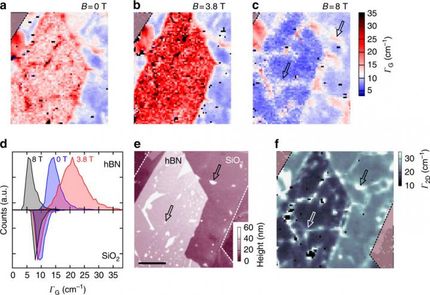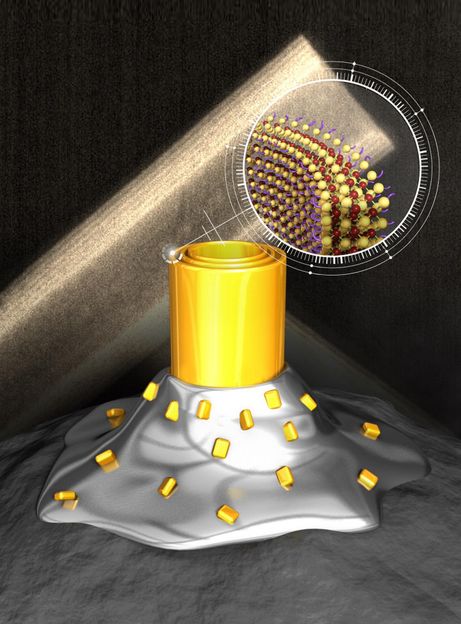Scientists untangle nanotubes
Researchers have demonstrated how to produce electronic inks for the development of new applications using the 'wonder material', carbon nanotubes.
Carbon nanotubes are lightweight, strong and conduct electricity, which make them ideal components in new electronics devices, such as tablet computers and touchscreen phones, but cannot be used without being separated out from their natural tangled state.
Carbon nanotubes are hollow, spaghetti-like strands made from the same material as graphene; only one nanometre thick but with theoretically unlimited length. This 'wonder material' shares many of graphene's properties, and has attracted much public and private investment into making it into useful technology.
By giving the nanotubes an electrical charge, they were able to pull apart individual strands. Using this method, nanotubes can be sorted or refined, then deposited in a uniform layer onto the surface of any object.
Working with an industrial partner, Linde Electronics, they have produced an electrically-conductive carbon nanotube ink, which coats carbon nanotubes onto ultra-thin sheets of transparent film that are used to manufacture flat-screen televisions and computer screens.
This was developed by Professor Shaffer and colleagues from the London Centre for Nanotechnology, which includes fellow Imperial scientist Dr Siân Fogden, as well as Dr Chris Howard and Professor Neal Skipper from UCL.
Most read news
Organizations
Other news from the department science

Get the chemical industry in your inbox
By submitting this form you agree that LUMITOS AG will send you the newsletter(s) selected above by email. Your data will not be passed on to third parties. Your data will be stored and processed in accordance with our data protection regulations. LUMITOS may contact you by email for the purpose of advertising or market and opinion surveys. You can revoke your consent at any time without giving reasons to LUMITOS AG, Ernst-Augustin-Str. 2, 12489 Berlin, Germany or by e-mail at revoke@lumitos.com with effect for the future. In addition, each email contains a link to unsubscribe from the corresponding newsletter.





























































